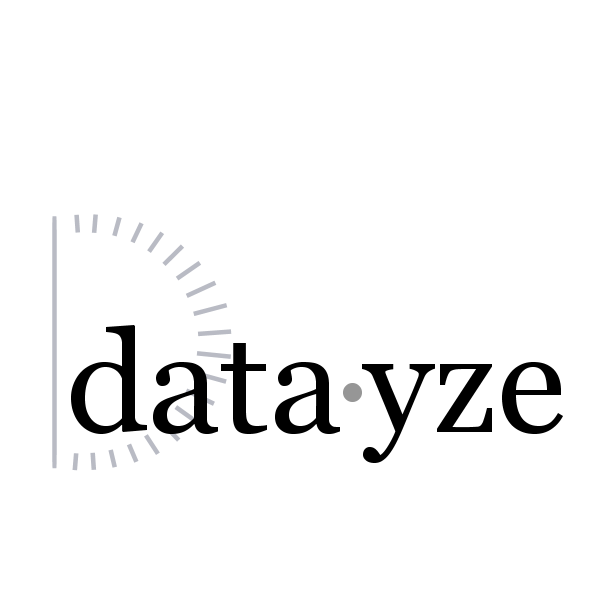
Nervous about the possibility of a miscarriage? The fear of miscarriage is one of the biggest fears we have during pregnancy. We all know someone whose had it happen to them, or maybe it's happened to us. Yet, while miscarriage is common, it is not the likely outcome. Once a person becomes pregnant the pregnancy is more likely to result in a baby than to end in a miscarriage. The Miscarriage Odds Reassurer is designed to remind us of this fact, and ease our fears.
The Miscarriage Odds Reassurer calculates the probability of miscarriage given how far a person is in their pregnancy. Rather than simply give the probability of a miscarriage, however, the reassurer can also tell you how likely her pregnancy is to continue. The reassurer will let you know how much lower the probability of miscarriage is now than when your pregnancy first started, and how much lower yet they'll still be in the next couple of days. The reassurer can even account for added risk factors like maternal age, weight and number of previous miscarriages.
Take the Probabilities With You
Want to bookmark the Miscarriage Reassurer with all it's data so you don't have to keep re-entering your maternal info it day after day? When you check the checkbox datayze will create a cookie to remember your due date. Alternatively you can get a parameterized URL as follows:
Determining how far along you are
Weeks refers to gestational weeks. If you've had a 1st trimester ultrasound (sometimes referred to as a dating ultrasound) your doctor may have given you a due date and gestational age that differs from those calculated from last menstrual period (LMP). Gestational age estimated from the dating ultrasound will be the most accurate, followed by gestational age based on ovulation (if known) and finally by gestational age based on LMP. Still not sure how far along you are? Try the Pregnancy Week By Week Calendar which will give you gestational age based on LMP, ovulation or due date.
About the model
Miscarriage is clinically defined as pregnancy loss before 20 weeks gestation. That is the definition we are using as well. This page calculates the cumulative probability of pregnancy loss from a given point in pregnancy through 20 weeks gestation.
The underlying model for this site is derived using meta analysis of the following peer reviewed papers on miscarriage. The model can be be used without additional input, or can be adjusted with any combination of maternal age, height/weight (BMI), number of previous miscarriages and number of previous births inputs. Each variable is modeled separately, assumed to be independent and assumed to affect the probability of miscarriage uniformly over time. These assumptions are likely overly strong, as there are likely confounding variables, but is the most reasonable approximation in the absence of additional data.
Combined, the studies include results from over 50,000 participants. Results from multiple studies are weighted differently depending on the number of participants included in the study, demographics of the study participants and study methodology.
Interested in reading the studies? We've put together a summery of best practices when approaching research papers about miscarriage so that you can get the most out of them.
Have questions about the model or tool?
Probability models can often behave in unintuitive ways. Please feel free to reach out with any questions you might have. Below are some of the questions I most often receive.
What about missed miscarriages?
A missed miscarriage (also sometimes referred to as a silent or delayed miscarriage) is when fetal death occurs without symptoms. The above cited papers report the percentage of individuals with a confirmed viable pregnancy at a certain gestation who experience fetal death before 20 weeks. This study design allows for the inclusion of missed miscarriages without the need to estimate precisely when the miscarriage occurred. Missed miscarriages are included in the above papers, and, as a result, in our derived model as well.
What about heartbeat?
Heartbeat is a latent variable in our model. It's modeled indirectly rather than explicitly, which is in keeping with the cited papers above.
Why not include stillbirth data?
Miscarriage and stillbirth are two different types of loss with different sets of causes and risk factors. Most importantly (for modelling purposes) the per-week risk of stillbirth actually increases later in pregnancy, around the time of birth. In order to model cumulative risk of all types of pregnancy loss, including stillbirth, effectively, we'd need to estimate pregnancy length, which we can do but would introduce additional uncertainty and decrease accuracy.
This website is intended for general information & entertainment purposes only. This website is not intended to be considered medical advice. I am happy to answer questions about the apps, and the mathematics behind them. I cannot answer medical questions.
Love Numbers? You may also be interested in the Daily Miscarriage Probability Chart, which can present the daily odds of miscarriage (or the odds of not miscarrying) as either a table or a graph.
Obviously anything can happen, and knowing the chances of a miscarriage are smaller than the chances of a happy ending brings little comfort to those it happens to. My deepest condolences to anyone whose ever suffered a loss. This app is dedicated to a dear friend whose had more than her fair share of bad luck.
Pregnant? You may enjoy our other pregnancy apps like the Personalized Week by Week Calendar. When you are a little further along in your pregnancy, be sure to check out the Labor Probability Calculator and Labor Probability Chart.
Wanting to become pregnant? Our Time to Conception Estimator can estimate how long it may take.